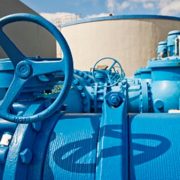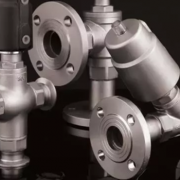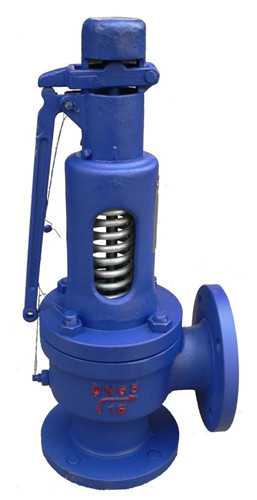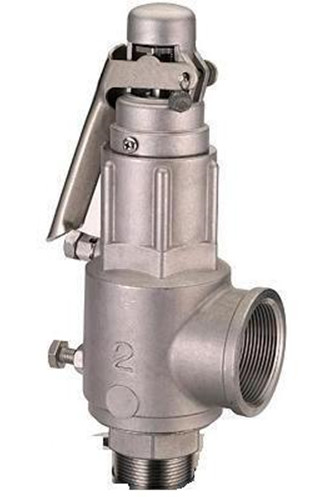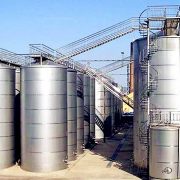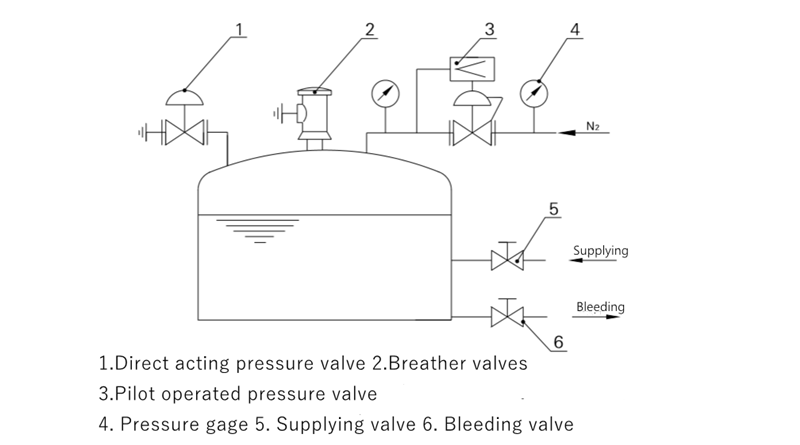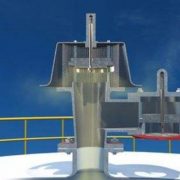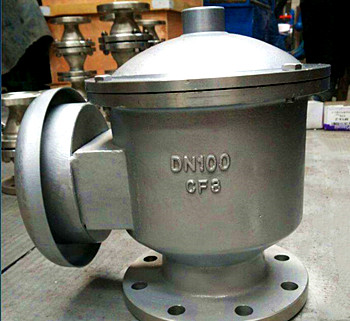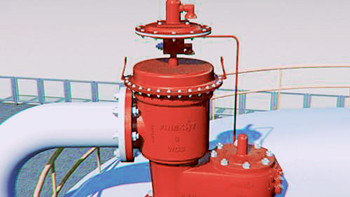Why is the anti-static design essential for ball valve?
Static electricity is a common physical phenomenon. When two different materials friction, the transfer of electrons produces electrostatic charge, this process is called friction electrification. In theory, two objects of different materials can produce static electricity when they rub together, but two objects of the same material cannot. When the phenomenon produced in the valve body, that is, the friction between the ball and the non-metal seat ball, stem, and body will produce static charges when the valve is open and closed, which brings a potential fire hazard for the entire pipeline system. To avoid static sparkle, an antistatic device is designed on the valve to reduce or derive the static charge from the ball.
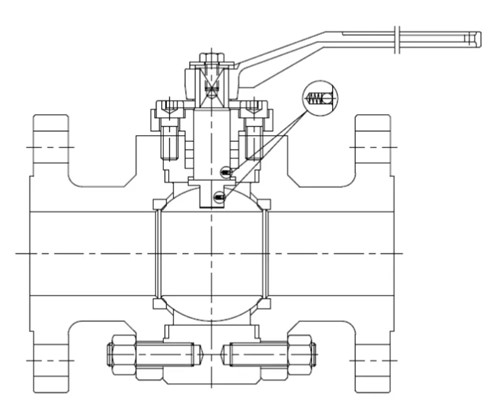
API 6D-2014 “5.23 anti-static device” stipulates as follows: “soft seated ball valve, plug valve and gate valve shall have an anti-static device. The test of the device shall be carried out in accordance with section H.5 if the buyer requires. API 6D “H.5 antistatic test” states: “resistance between the shutoff and valve body, stem/shaft and valve body shall be tested by DC power supply not exceeding 12V. Resistance measurements should be in dry before pressure test valve, its resistance value is not more than 10 Ω. Soft seated valves should install an anti-static device but metal seated valves are not required because soft plastic seats like (PTFE, PPL, NYLON, DEVLON, PEEK, etc.) tend to generate static electricity when rubbing with the ball (usually metal), while metal-metal seals do not. If the medium is flammable and explosive, the electrostatic spark is likely to cause combustion or even explosion, so connect the metal parts in contact with non-metallic through the antistatic device to the stem and body, and finally release the static electricity through the antistatic bonding device on the body. The anti-static principle of the floating ball valve is shown in the figure below.
The antistatic device consists of a spring and a steel ball (” electrostatic – spring sets”). Generally speaking, floating ball valves consist of two “electrostatic spring sets”, one is on the contact surface of the stem and ball and the other is of the stem and body. When the valve is open or closed, static electricity is generated by friction between the ball and the seat. Because of the clearance between stem and ball, when valve stem is driven by sphere, the small ball of “electrostatic spring sets” bounce, which driven the electrostatic to the valve stem, at the same time, the valve stem and valve body contact surface of the electrostatic-spring sets, will export static to the body due to the same principle, will eventually electrostatic discharge completely.
In short, an anti-static device used in a ball valve is to reduce the static charge generated on the ball due to friction. It is used to protect the valve against spark that may ignite the fuel flowing through the valve. The ball valve with an anti-static design is especially for the field like oil and gas, chemical, power plant and other industrial that fire-free is the important guarantee of safe production.

